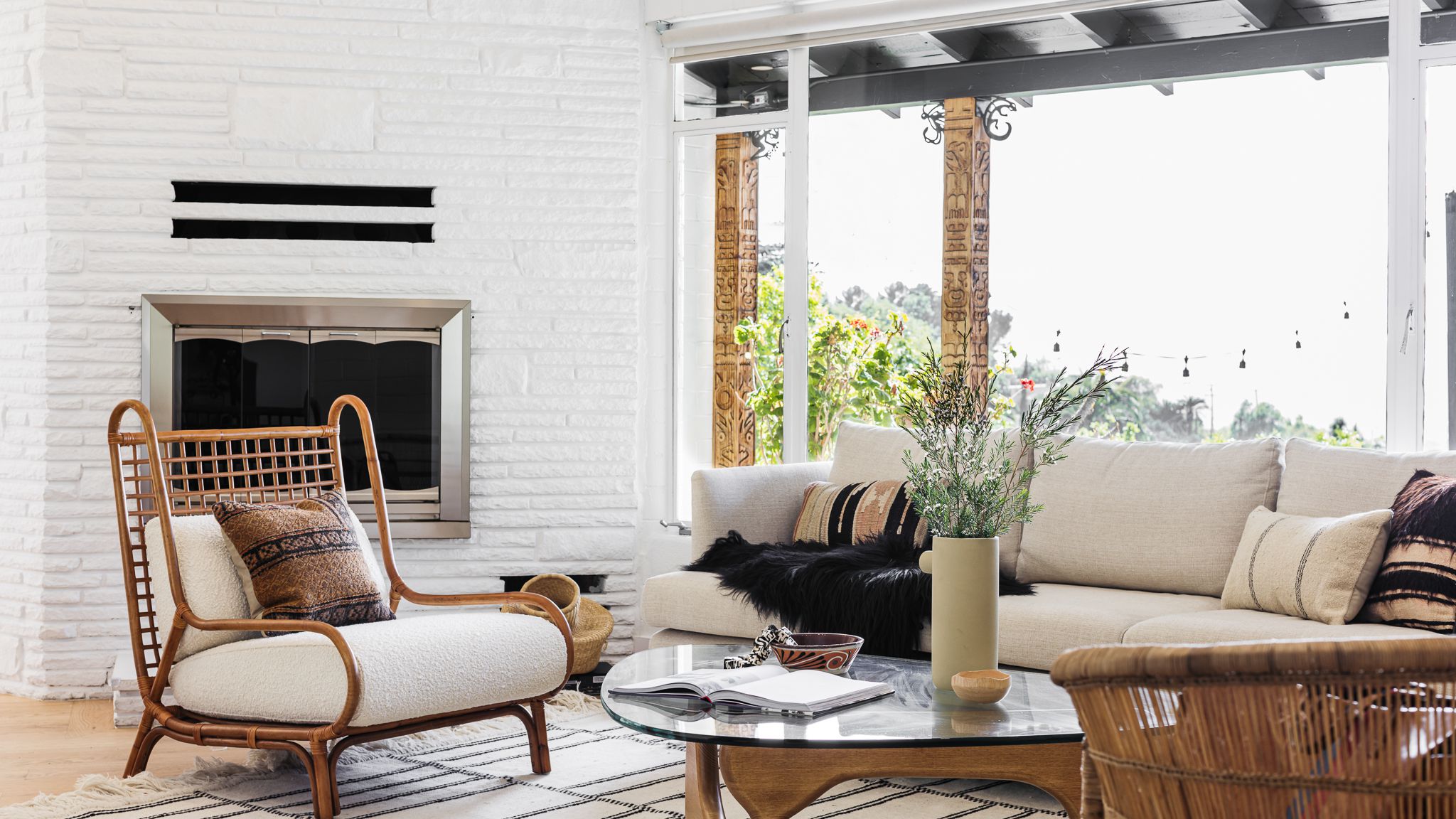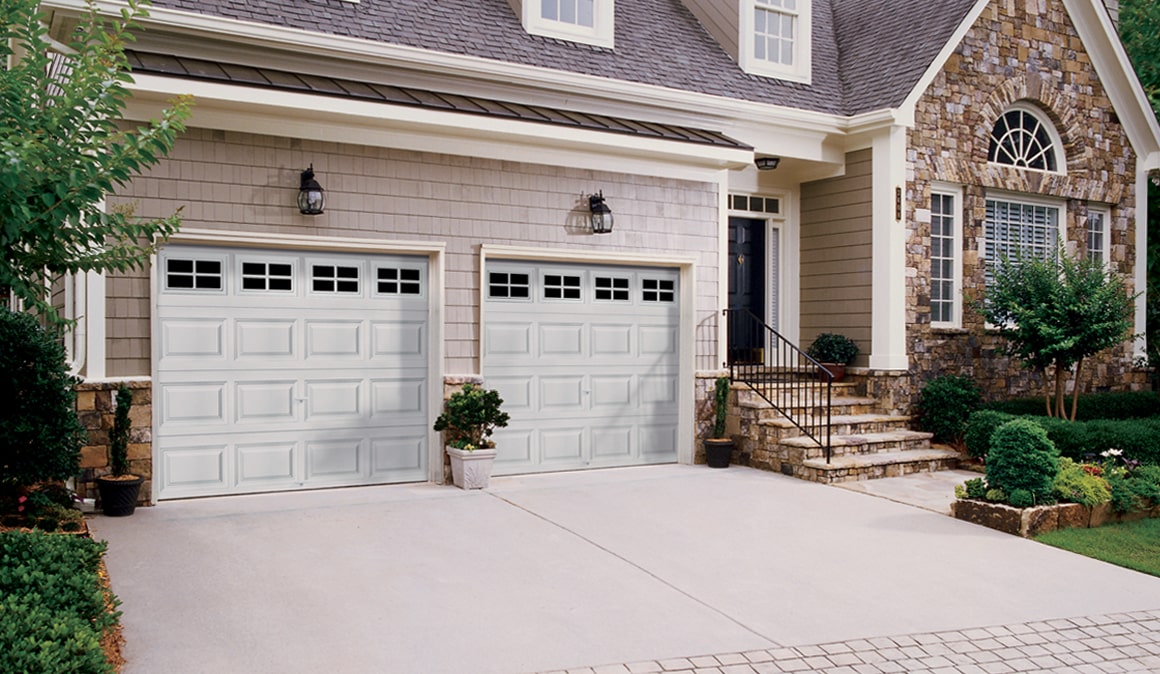
Contemporary Architecture Elements You Can Easily Use
The term “contemporary architecture” refers to a style of building that combines and shares different parts from many different current designs while using fewer traditional building ideas. At its most basic, it means the style of architecture that is popular right now. For example, a house built this year that follows the most recent trends in architecture would be an example of modern architecture. Still, the word “modern” might have been used in the wrong way, since it’s still used to describe buildings that are more than 80 years old.
Contemporary architecture doesn’t necessarily have to be large scale. Contemporary elements of architecture can be incorporated while making an individual house as well. If you’re looking for contemporary house construction in bangalore, with the help of this guide, you can add some elements that will elevate the look of your house. Here are some of the most commonly used contemporary elements while building a house.
Using unconventional materials
Unpredictability and originality are inherent qualities of contemporary architecture. This tendency to break away from the standard is what drives this style more than any aesthetic characteristic. In most cases, it involves the use of nontraditional construction materials or the introduction of traditionally industrial components, such as glass, metal, concrete, or exposed brick, into traditionally residential settings. These materials provide a stark contrast of simplicity while also contributing to the creation of warmth.
Exploring the concept of open interiors
Multiple angles with unusual placement, panoramic windows, window walls, and skylights are all a part of this style. Not only does this add an aesthetic appeal to the house, it makes the most use of sunlight in the best way. The location of windows or walls can be influenced by the views surrounding the area as well as the positioning of the sun, dawn and sunset directions may impact the positioning of bedrooms, the location of solar panels, and how outside space is used for enjoyment. The open floor plan’s versatility enables one to shape their environment with shifting conditions and demands, resulting in a place that may continually change into the area that is required. This also generates a feeling of unity among the structure’s numerous areas.
Extensive use of curved lines
Contemporary architecture is distinguished by the use of curved lines, rounded spaces, and moving away from the extensive use of harsh straight silhouettes. Contemporary architecture is distinguished by clean lines, wide spaces, and a lack of fuss and embellishment. Buildings with circular curves are common in modern architecture. Curves often evoke a sense of free-flowing meandering paths, which opens up unlimited design choices. When modern architecture does utilize straight lines, implying that the unit of volume is a cube, it strives to arrange these cubes in unexpected ways to produce a unique volume composition.
Building a connection with nature
The link of the building to the natural environment is another prominent and distinguishing element of modern architecture. The goal to achieve harmony between structure and nature is typically at the heart of contemporary design. The conspicuous use of huge glass walls blurs the distinction between interior and outdoors, while overhanging roofs push the design into the outdoor domain, producing a cohesive feeling that makes the structure seem to belong there. Clerestory windows, skylights, and huge windows higher than the head provide light and a sense of openness to the outside world, increasing one’s connection with nature.
The basis of contemporary architecture is free flowing forms and a lack of restriction. With an experienced house construction company, you can easily use these contemporary elements while constructing your house.




